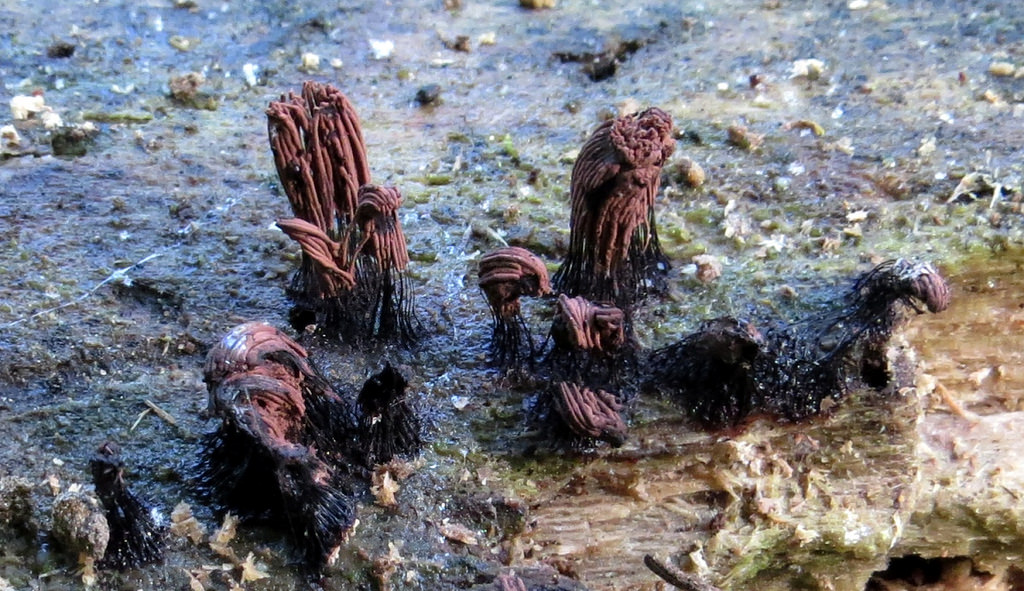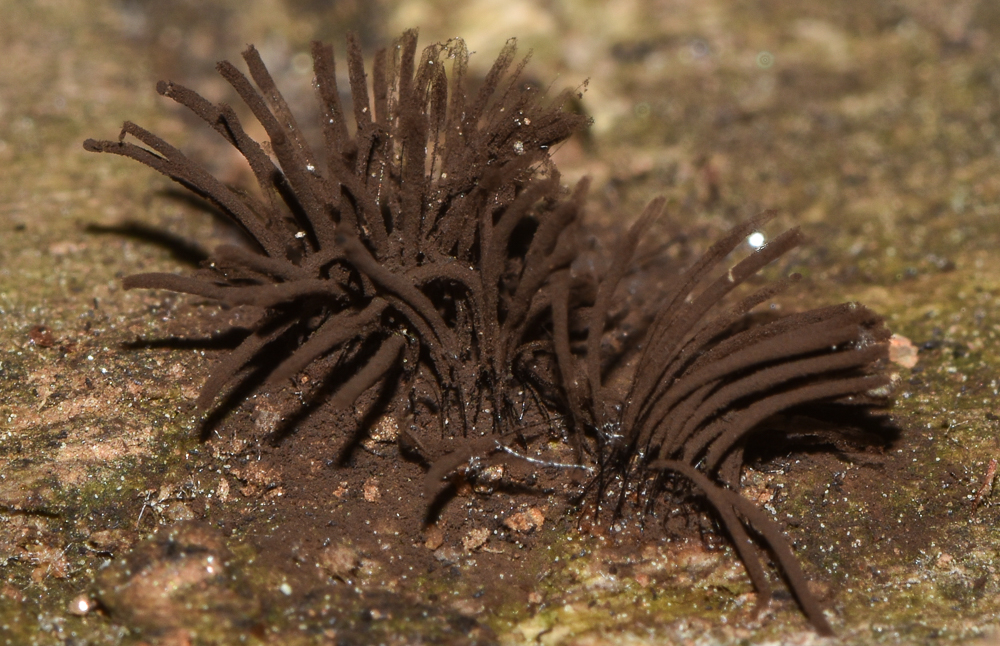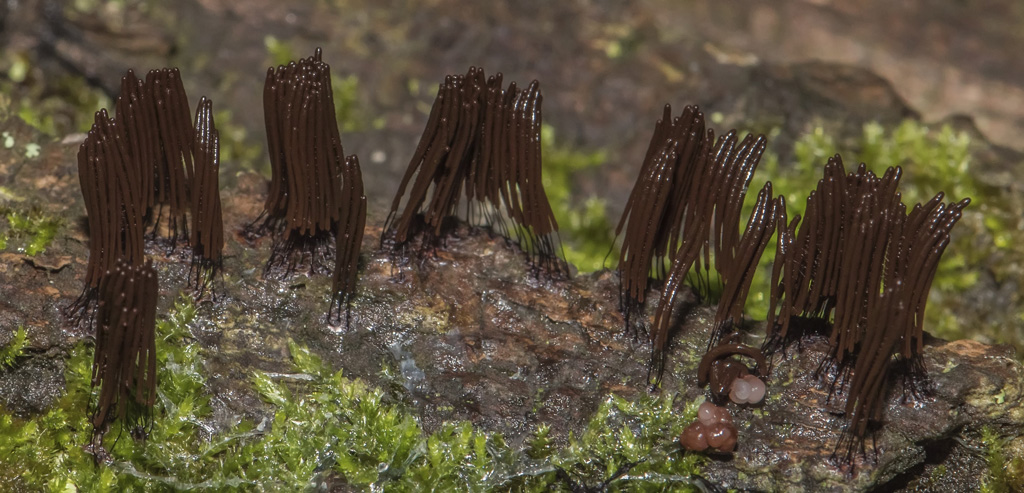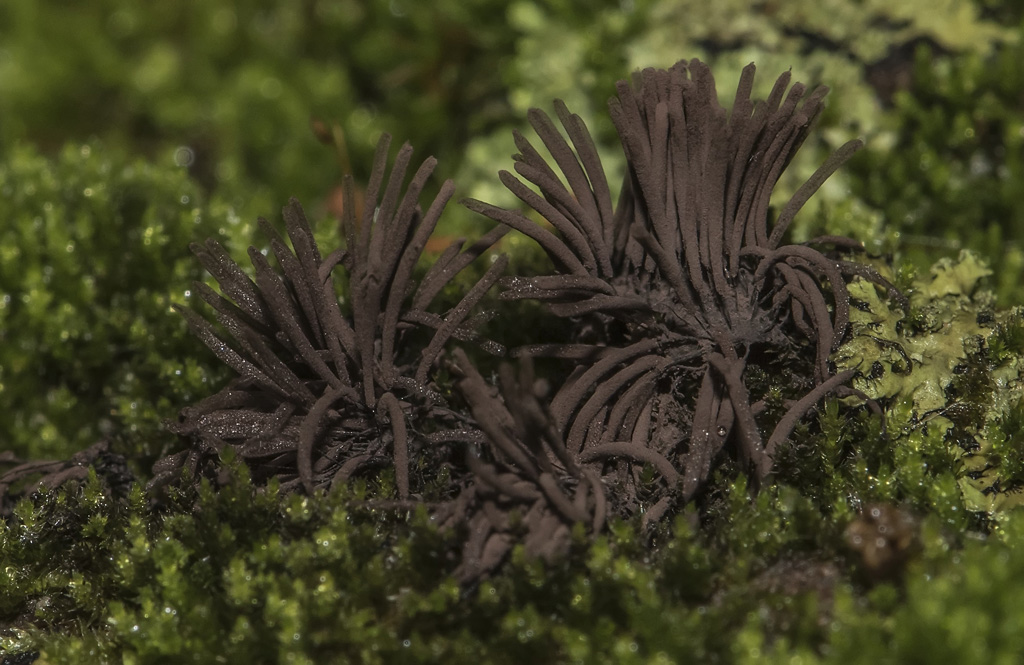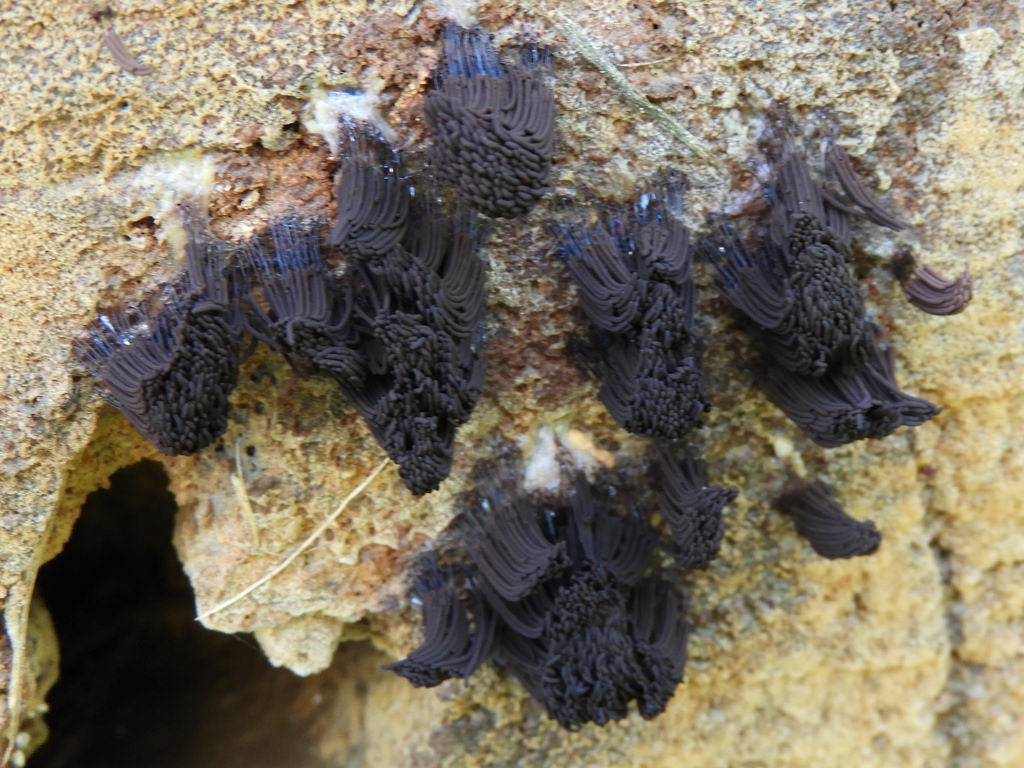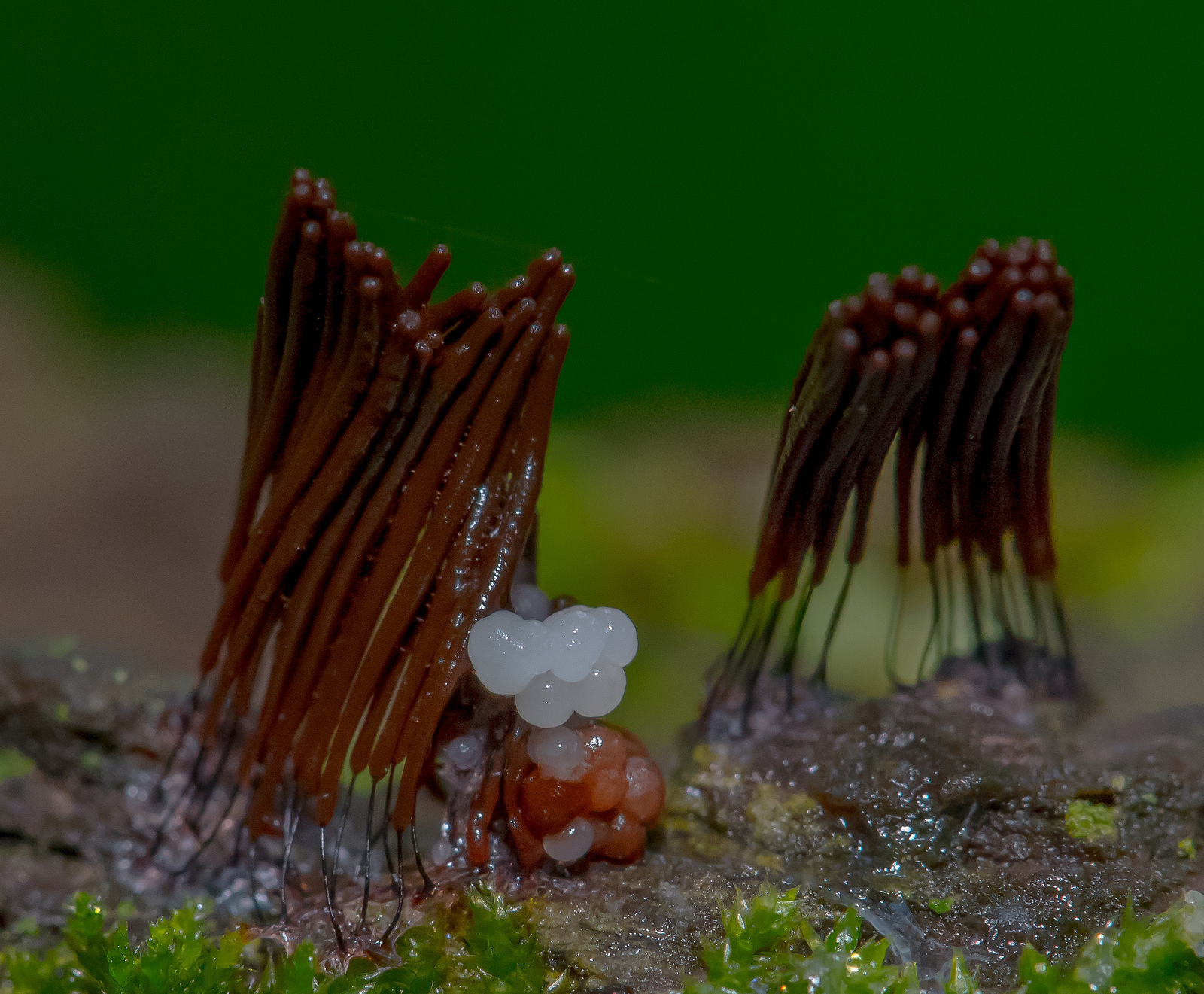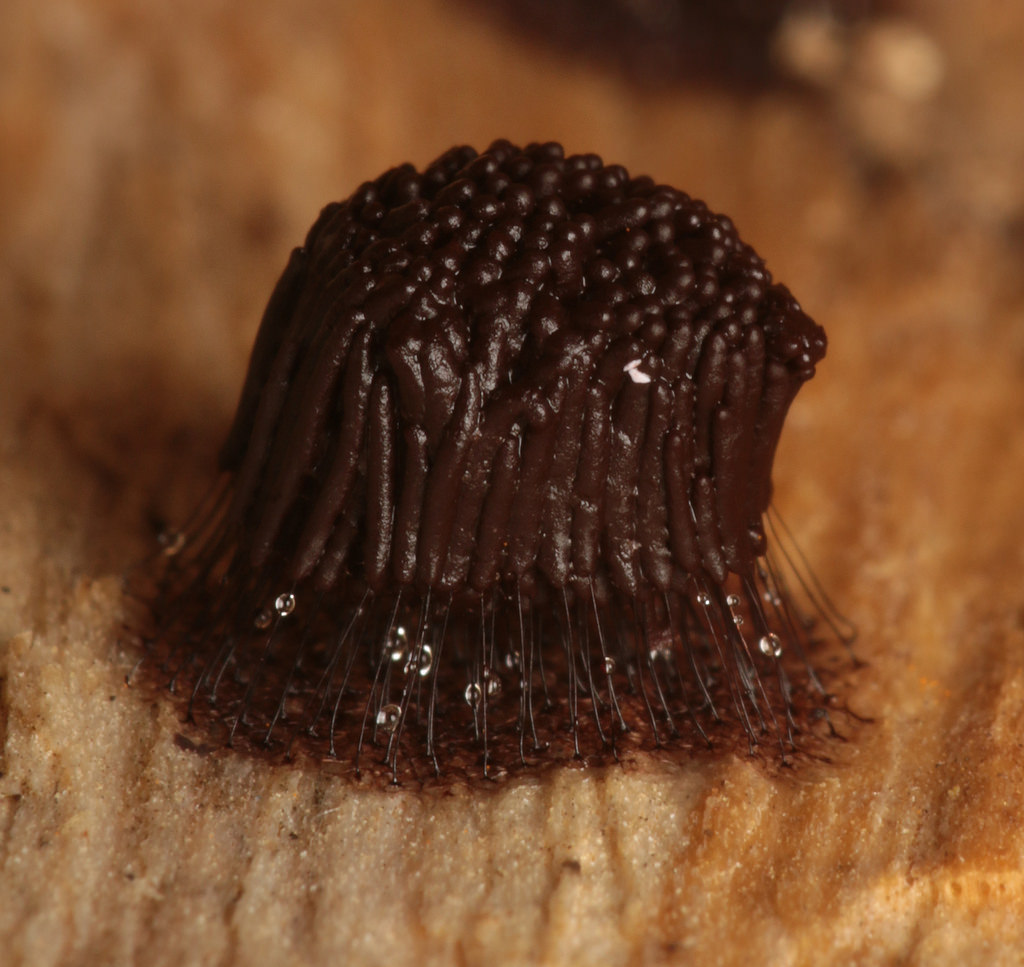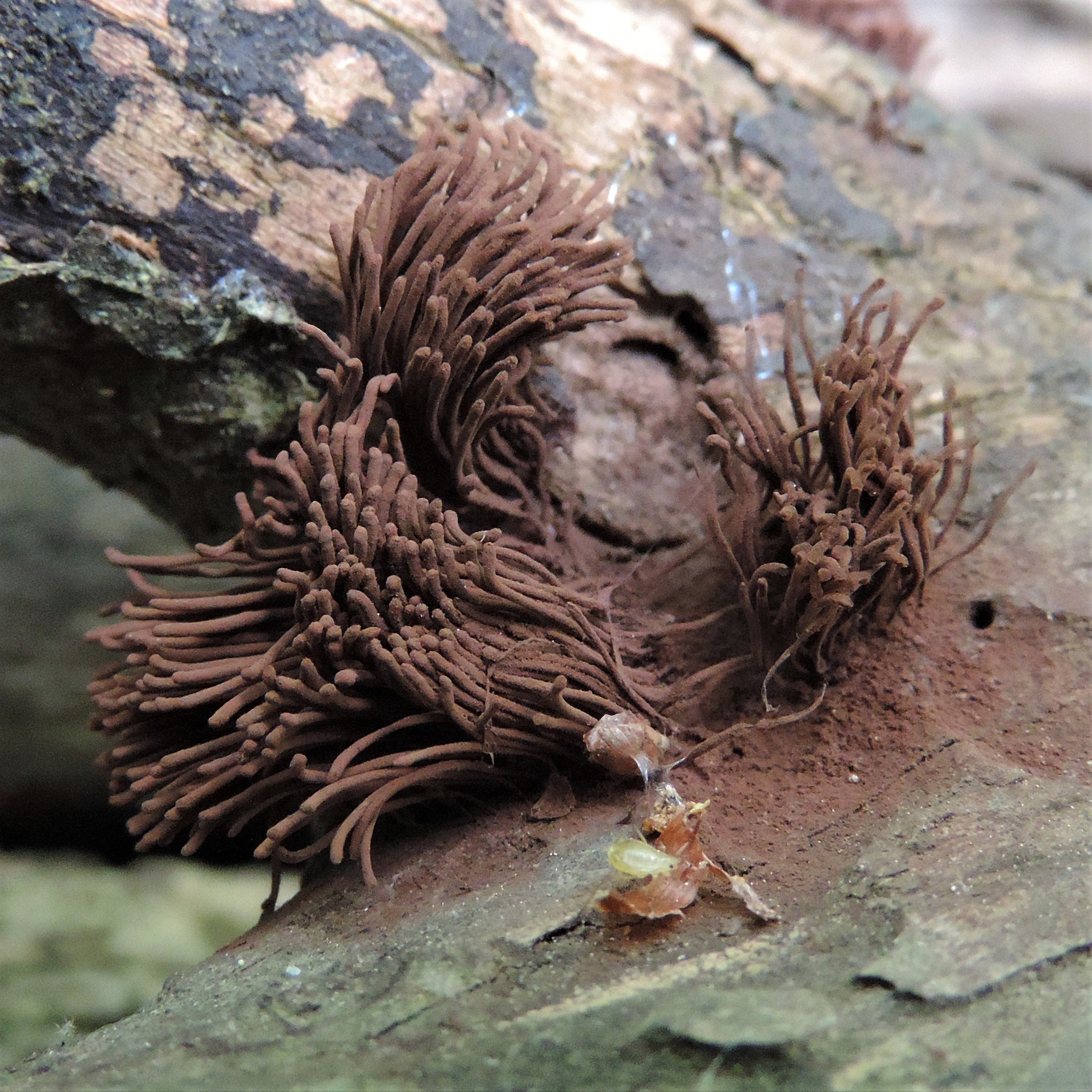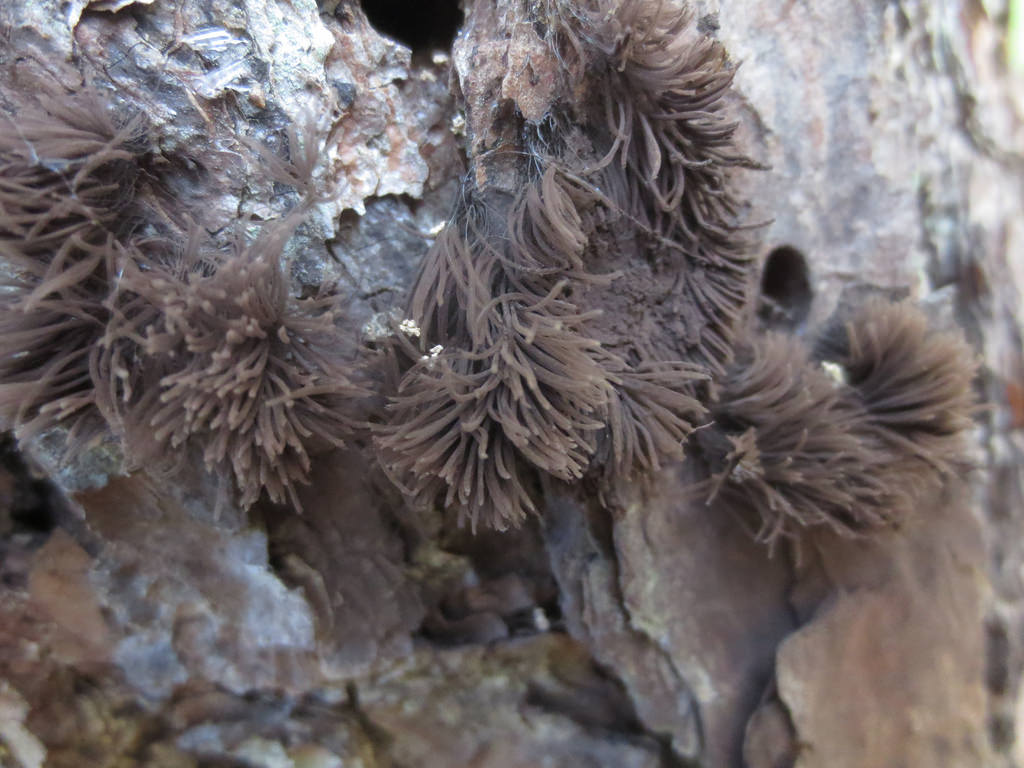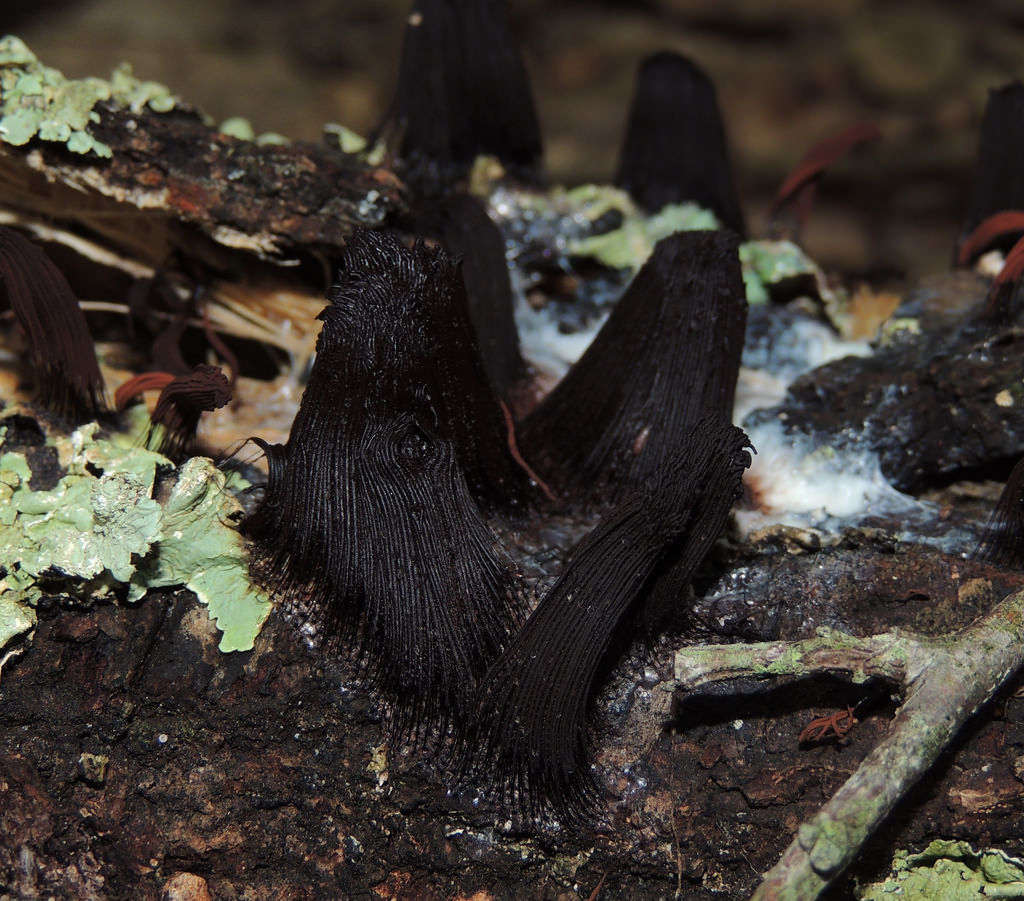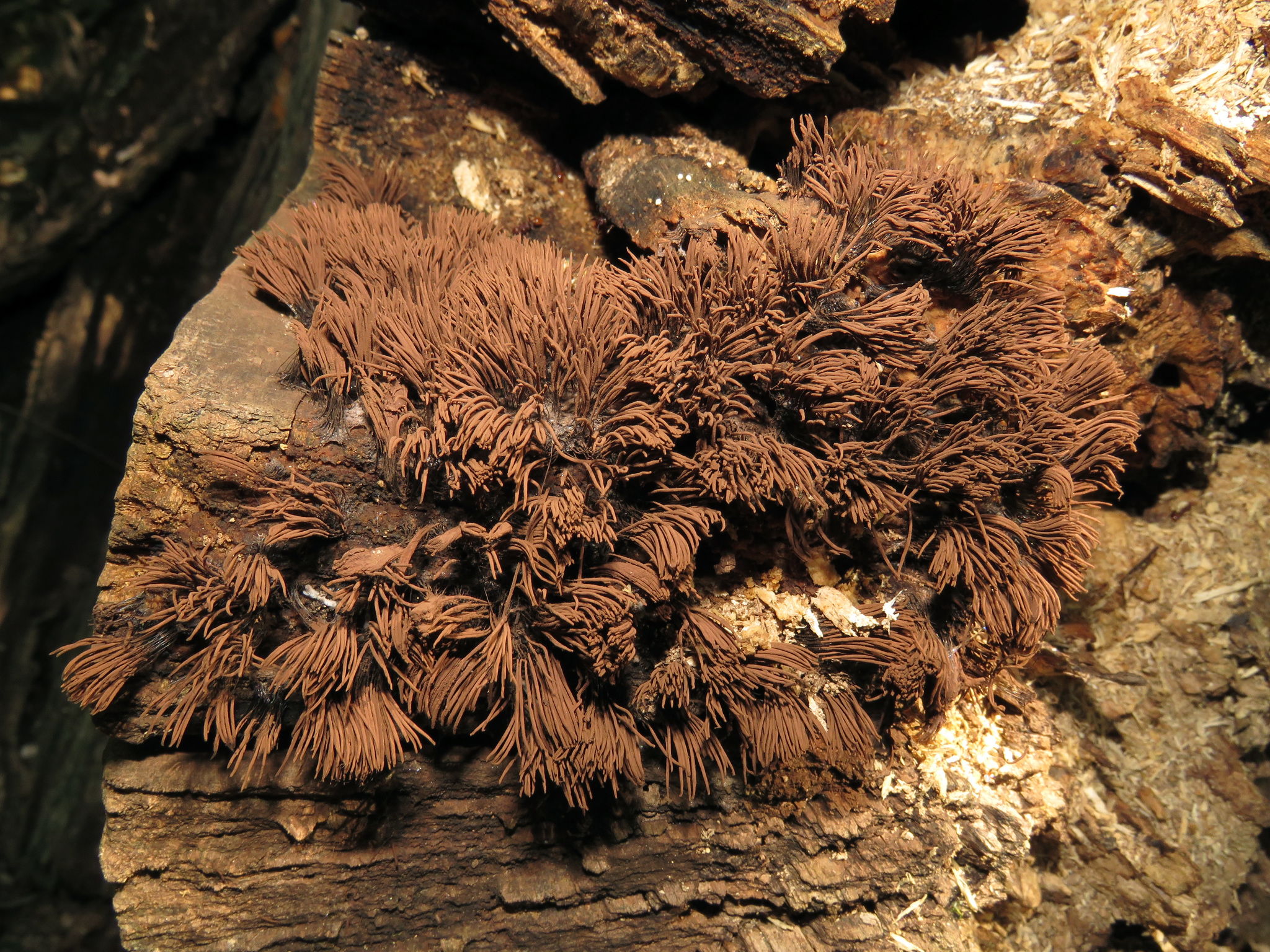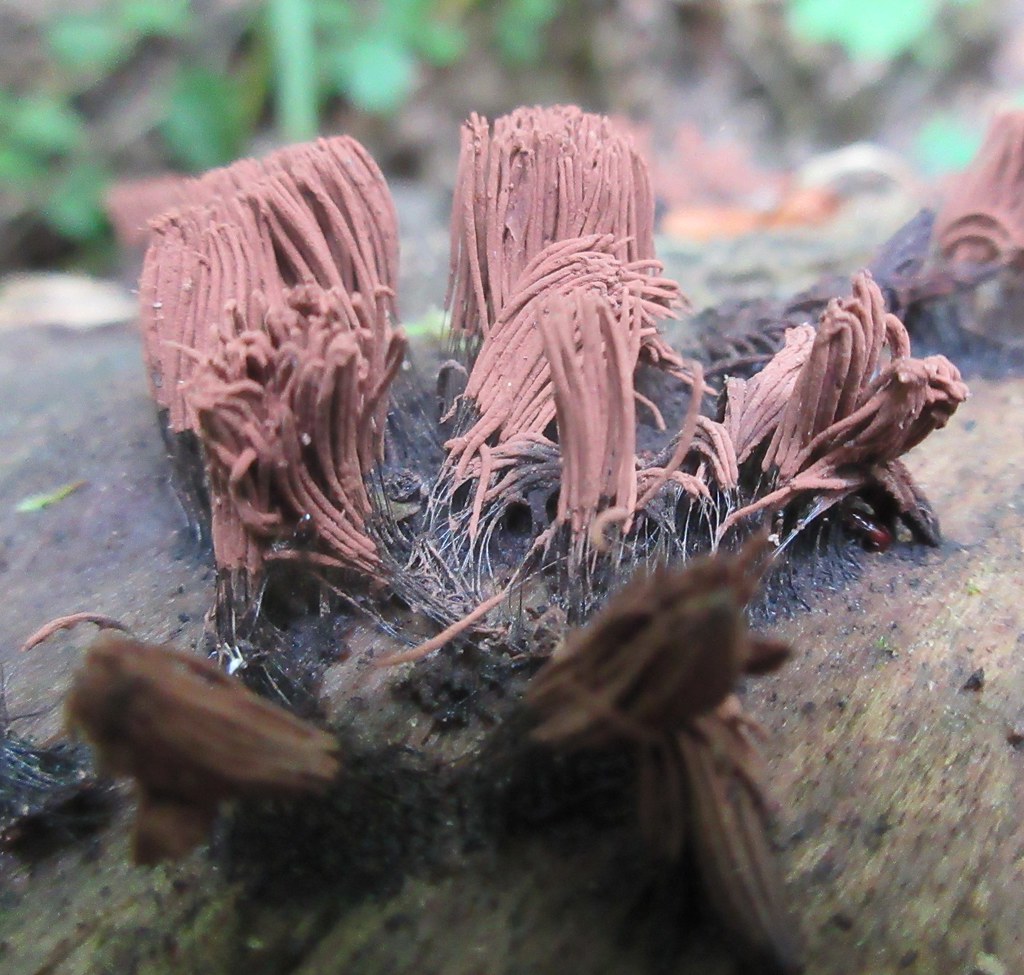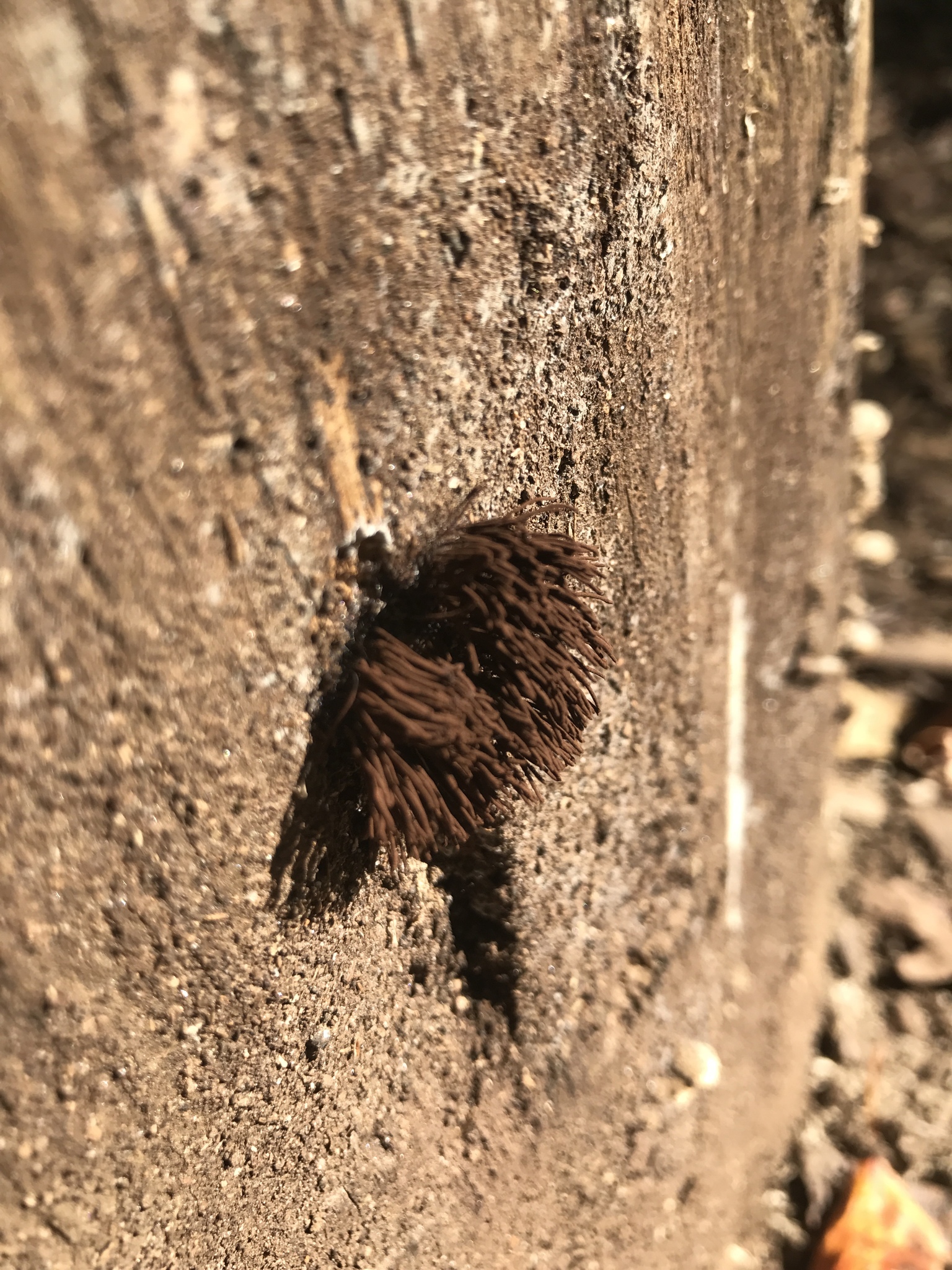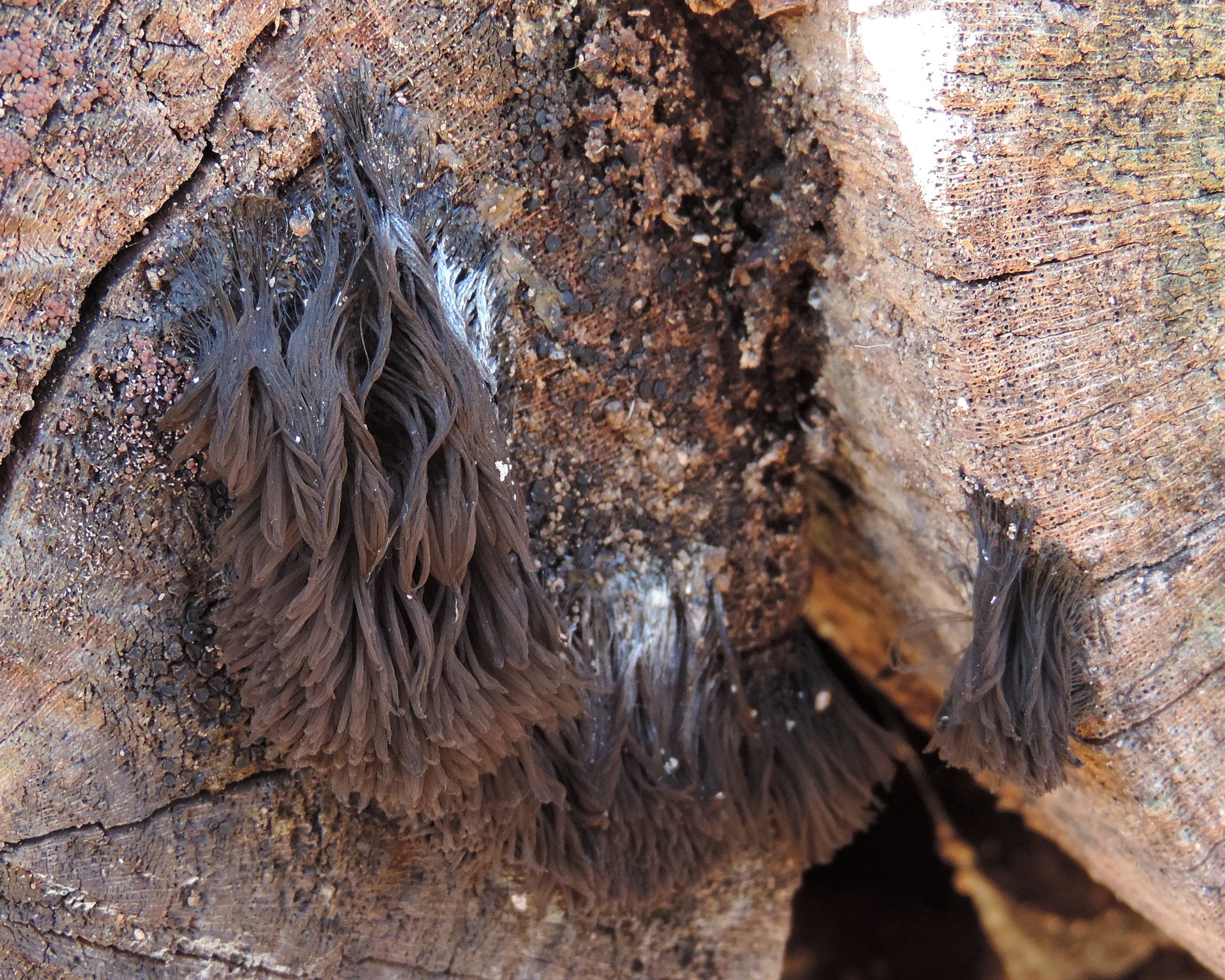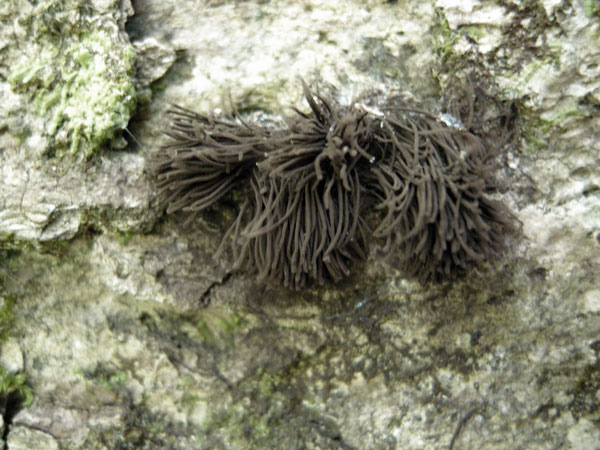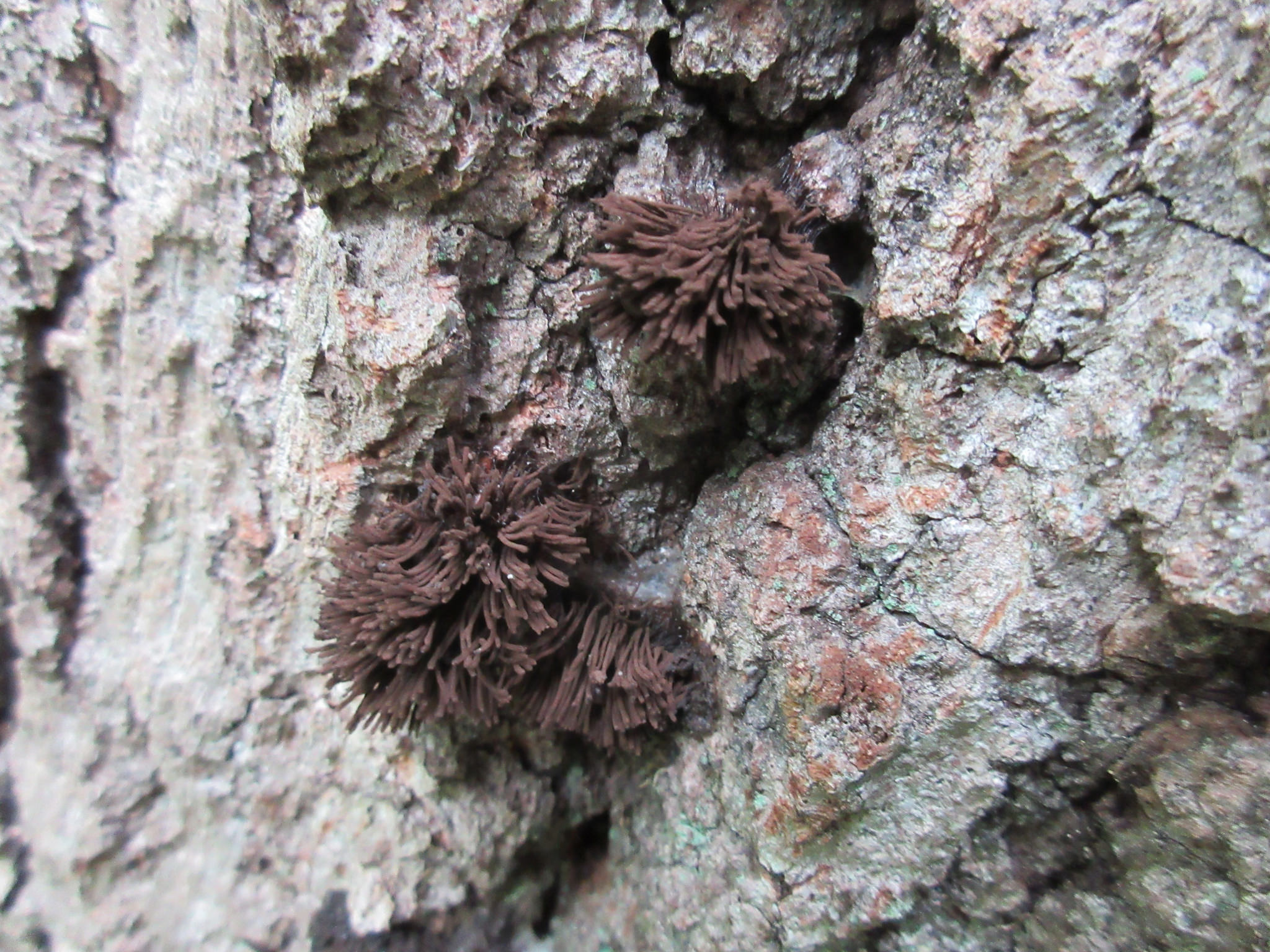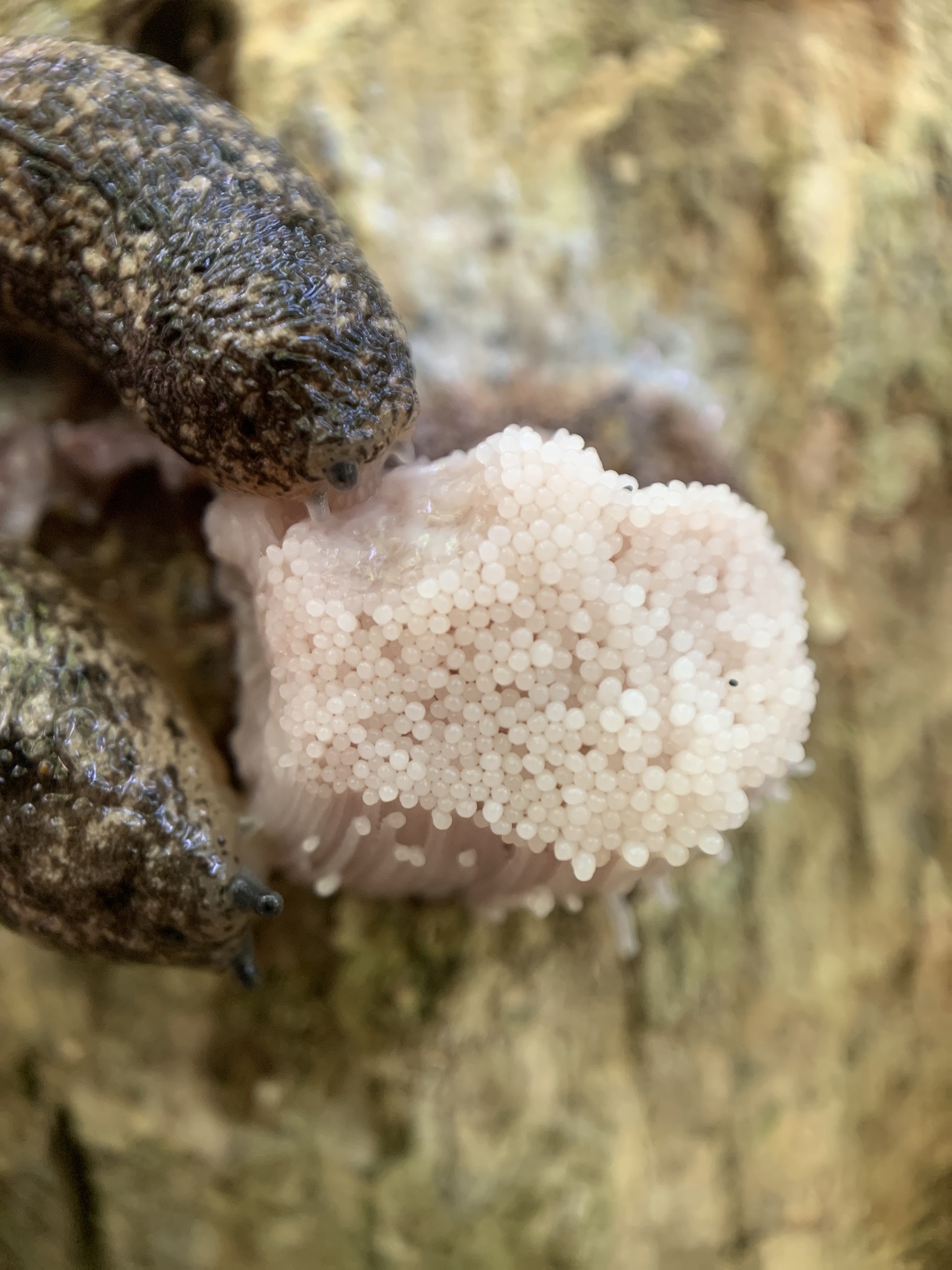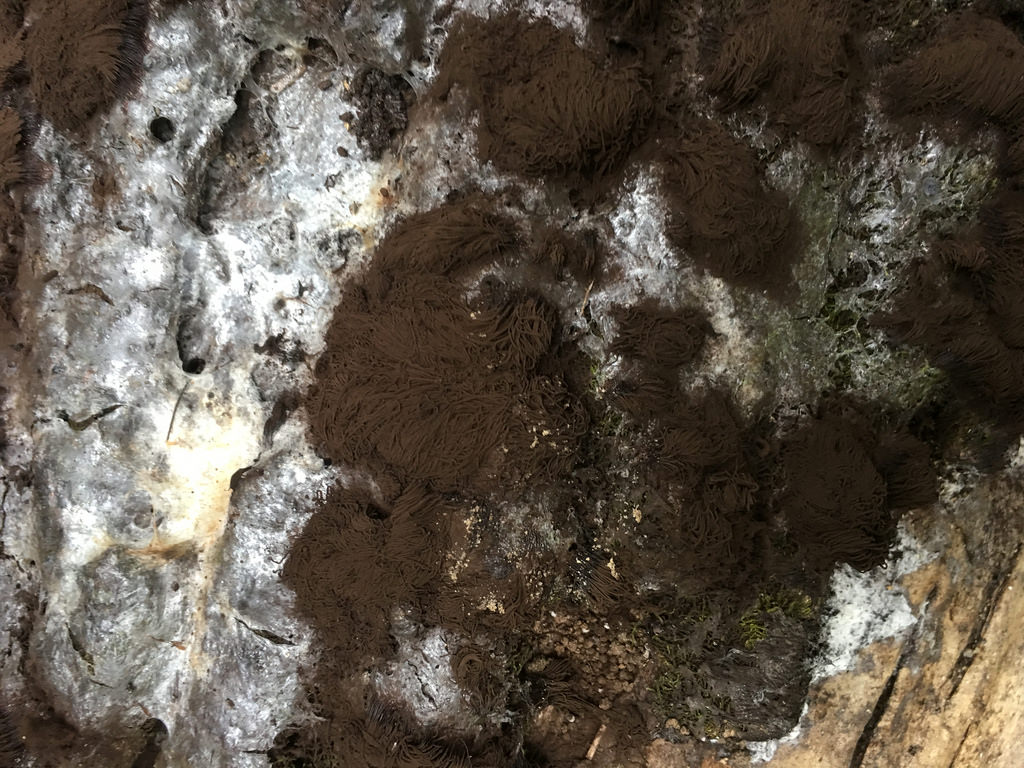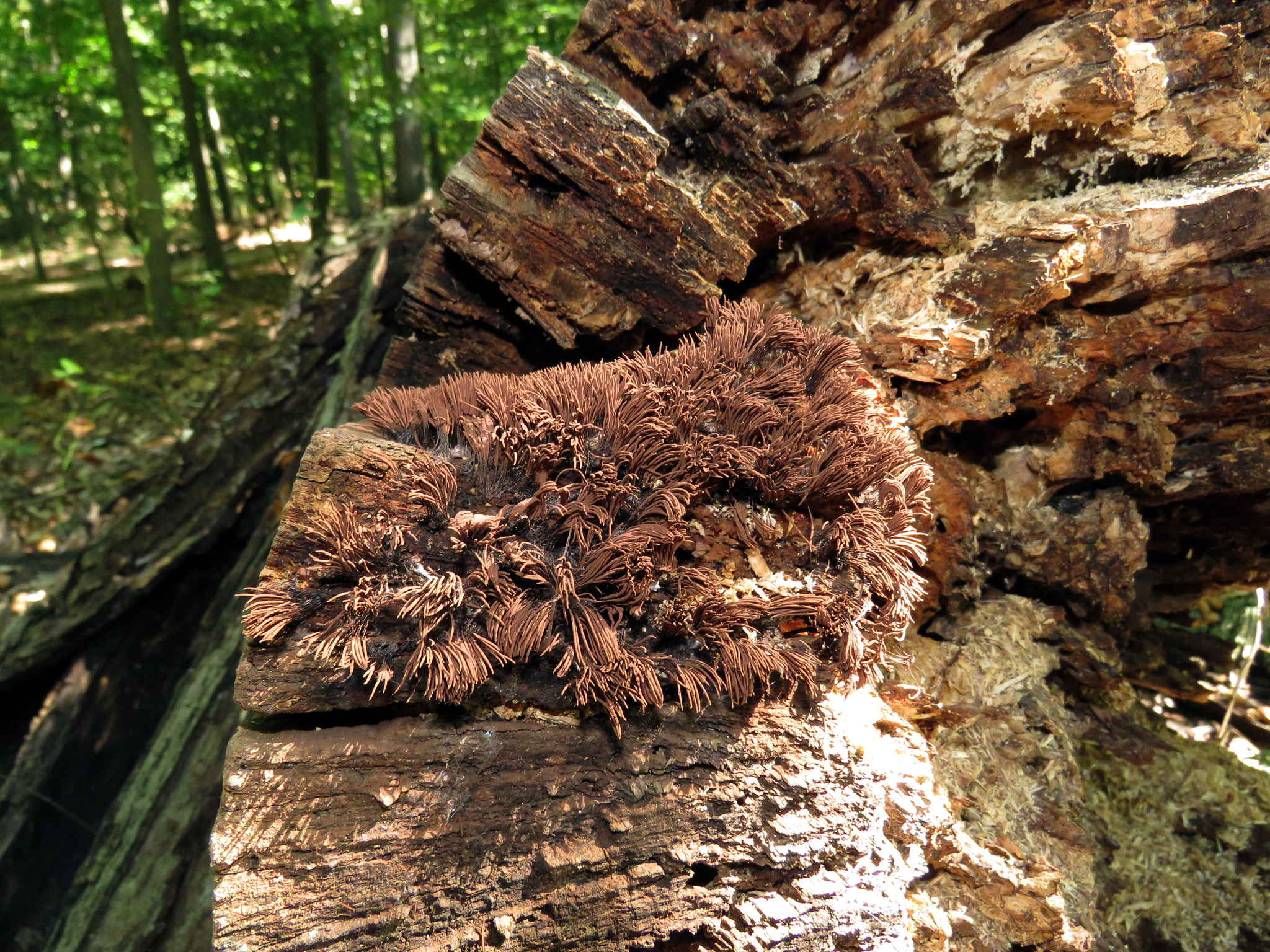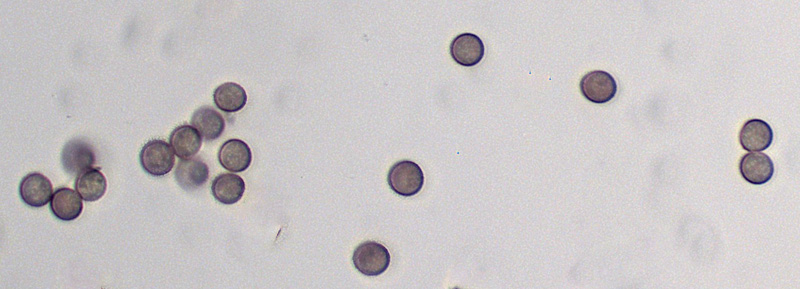Map Snapshot




















111 Records
Status
MBP is currently placing all Stemonitis records at the genus level due to challenges with identification. Species identification requires examination of spores and surface net microscopically (S. Lloyd, pers. comm.).
Two species of Stemonitis have been reported from Maryland: Stemonitis fusca and Stemonitis splendens.
Seasonality Snapshot
Source: Wikipedia
| Stemonitis Temporal range:
| |
|---|---|

| |
| Stemonitis fusca or similar species in the White Mountain National Forest | |
| Scientific classification | |
| Domain: | Eukaryota |
| Phylum: | Amoebozoa |
| Class: | Myxogastria |
| Order: | Stemonitidales |
| Family: | Stemonitidaceae |
| Genus: | Stemonitis Gled. [1] |
| Type species | |
| Stemonitis fusca | |
Stemonitis is a distinctive genus of slime moulds found throughout the world (except Antarctica). They are characterised by the tall brown sporangia, supported on slender stalks, which grow in clusters on rotting wood.[2] The genus was first described by German botanist Johann Gottlieb Gleditsch in 1753. A 2014 estimate suggests that there are 18 species in the genus.[3] Identification within the genus is difficult, and can only be performed with confidence using a microscope or by DNA sequencing. A fossil specimen (in Burmese amber) is known from the mid-Cretaceous (99 ma).[4]
Species
[edit]The following species are accepted by Species Fungorum:[5]
- Stemonitis axifera (Bull.) T.Macbr. (1889)
- Stemonitis farrensis T. N. Lakh. & Mukerji (1977)
- Stemonitis ferruginea Ehrenb. (1818)
- Stemonitis flavogenita E. Jahn (1904)
- Stemonitis foliicola Ing (1967)
- Stemonitis fusca Roth (1787)
- Stemonitis graciliformis Nann.-Bremek., Mukerji & Pasricha (1984)
- Stemonitis herbatica Peck (1874)
- Stemonitis inconspicua Nann.-Bremek. (1966)
- Stemonitis laxifila Nann.-Bremek. & Y. Yamam. (1988)
- Stemonitis lignicola Nann.-Bremek. (1973)
- Stemonitis marjana Y. Yamam. (2000)
- Stemonitis mediterraneensis H.H. Doğan & Eroğlu (2014)[3]
- Stemonitis mussooriensis G. W. Martin, K. S. Thind & Sohi (1957)
- Stemonitis nigrescens Rex (1891)
- Stemonitis pallida Wingate (1899)
- Stemonitis rhizoideipes Nann.-Bremek., R. Sharma & K. S. Thind (1984)
- Stemonitis smithii T.Macbr. (1893)
- Stemonitis splendens Rostaf. (1875)
- Stemonitis virginiensis Rex (1891)
References
[edit]- ^ a b "Genus Record Details: Stemonitis Gled., Method. Fung.: 140 (1753)". Species Fungorum. CAB International. Retrieved April 12, 2012.
- ^ Gary Emberger (2008). "Stemonitis sp". Messiah College. Retrieved April 13, 2012.
- ^ a b Doğan HH, Eroğlu G (2014). "A new Stemonitis species from Turkey". Mycotaxon. 129 (2): 293–296. doi:10.5248/129.293.
- ^ Rikkinen, Jouko; Grimaldi, David A.; Schmidt, Alexander R. (December 2019). "Morphological stasis in the first myxomycete from the Mesozoic, and the likely role of cryptobiosis". Scientific Reports. 9 (1): 19730. Bibcode:2019NatSR...919730R. doi:10.1038/s41598-019-55622-9. ISSN 2045-2322. PMC 6930221. PMID 31874965.
- ^ "Stemonitis". Species Fungorum. CAB International. Retrieved April 12, 2012.
External links
[edit] Media related to Stemonitis at Wikimedia Commons
Media related to Stemonitis at Wikimedia Commons
